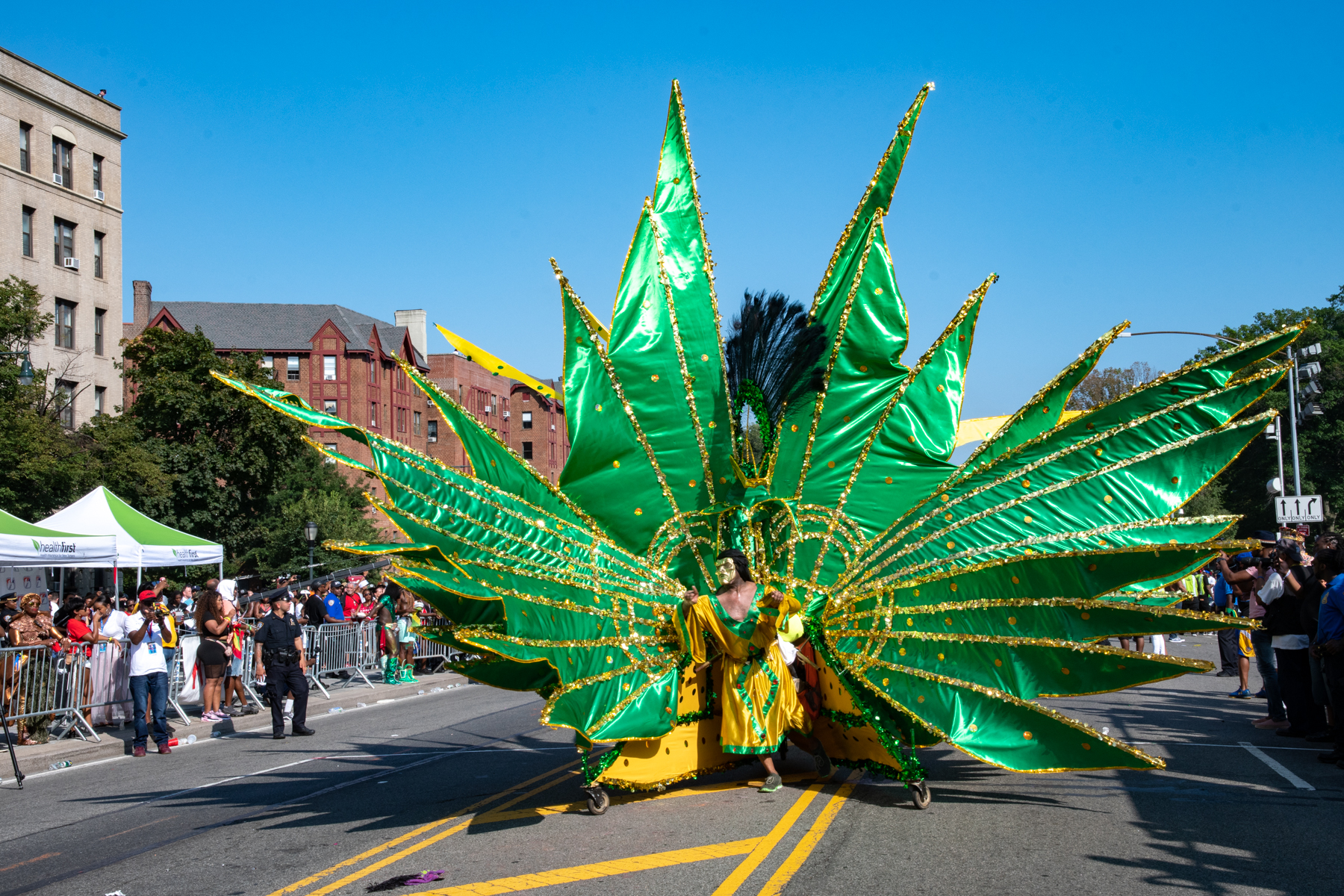West Indian Day Parade to celebrate Caribbean culture in Brooklyn

ebrooklyn media/file photos
BY VICTOR PORCELLI
CROWN HEIGHTS — The blockbuster West Indian Day Parade is poised to return to Eastern Parkway on Labor Day, Sept. 2, and organizers hope to attract a larger crowd than in the recent past.
There have been fewer attendees over the last couple of years, according to West Indian American Carnival Day Association President Jean Joseph, who told Brooklyn Reporter, “We are inviting people to come back to the parkway. It is based on increasing the mass, increasing our spectators, because over the years we have lost some of the mass to Miami.”